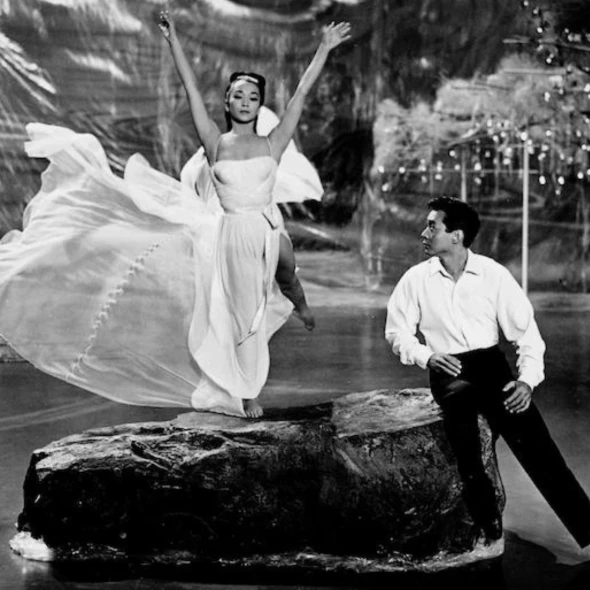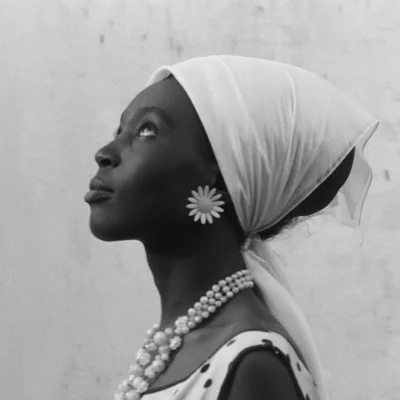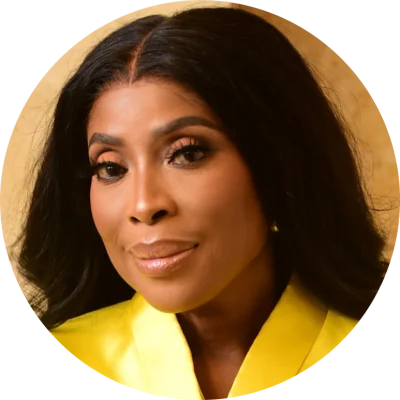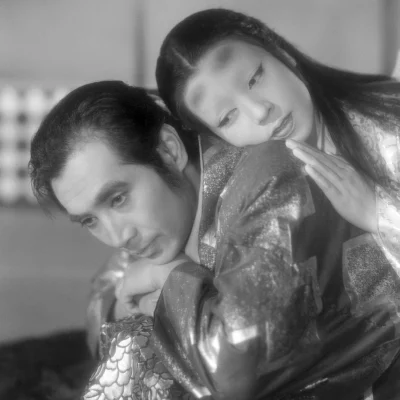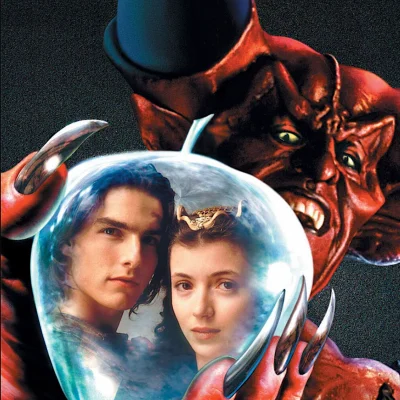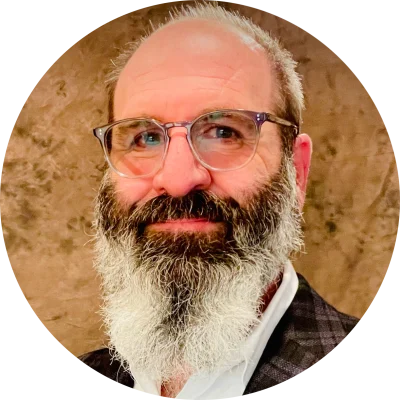
"Going to the movies during childhood, watching Chinese-language films from Hong Kong in the neighborhood theaters of San Francisco Chinatown, was a regular source of social entertainment and free babysitting for my working-class family," Arthur Dong tells A.frame. The Oscar nominee and former Academy governor recently took the chance to look back on his earliest moviegoing experiences ahead of the launch of the Academy Museum’s newest program, "Hollywood Chinese: The First 100 Years."
The series, which launches on November 4 and runs until November 27, was guest programmed by Dong, who describes his experience curating the program as "a dream come true." For Dong, who is a member of the Academy's History and Preservation Committee and has served on the Academy Museum's Inclusion Advisory Committee since it was founded in 2017, the program is "the culmination of a decades-long quest to investigate an art form and industry often ignorant about race, yet at times paradoxically receptive." The series will, in other words, offer attendees the chance to dive into the history of Chinese American cinema in a manner they likely never have before.
"I hope this presentation of selected films shown in their entirety, in a state-of-the-art theater, provides audiences not only a look at how cinema affects perceptions – and misperceptions — of the 'other' in America, but also an affirmation of the incredible work by Chinese and Chinese American artists during the first hundred years of film," says Dong, whose own cinematic memories date back to his early days in San Francisco.
After spending many hours watching Chinese-language films in his local movie theaters, Dong’s growing love of cinema eventually led to him exploring movies from other countries, filmmakers, and genres. "I later ventured to other-language films, particularly Hollywood features, where going to the movies was not only an immersion into the moving image, but also became an exploration of the art, history, and impact of film," Dong says.
Below, Dong shares with A.frame the five films that, as he says, "transformed my moviegoing into cinema during this early period of discovery."
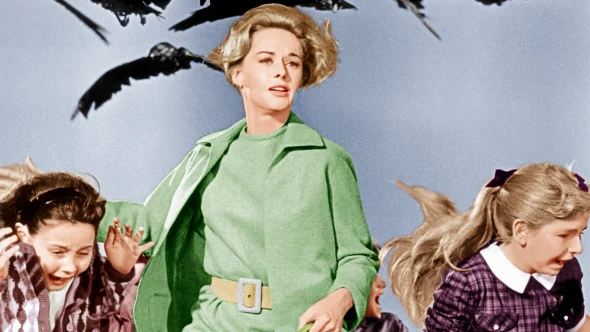
Directed by: Alfred Hitchcock | Written by: Evan Hunter
The final three minutes of The Birds, when a catatonic Melanie Daniels rides off with the stunned Brenner family in a car engulfed by a mass of squawking birds poised for the next battle — that’s the end, an irresolution. As a young teen brought up with tidy three-act narratives, I was startled for days, conjuring a range of what-ifs. I decided then to make movies that left audiences with questions, rather than convenient answers. Like Licensed to Kill, my 1997 documentary about murderers of gay men: Yes, there were the prison terms for these killers, but the epilogue’s audio of real-life telephone messages, spewing savage and violent anti-gay hostility, warns of the imminent dangers lurking. The ending was inconclusive, and still is.
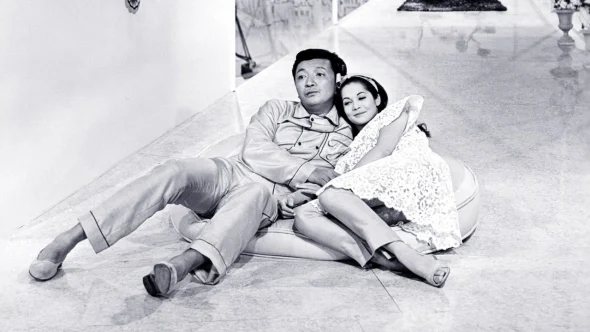
Directed by: Henry Koster | Written by: Joseph Fields
In 1961, Hollywood landed in my San Francisco Chinatown neighborhood theater vis-à-vis Flower Drum Song. Until then, our movie houses showed only Chinese-language films from Hong Kong — so if you can imagine how surreal it was after hearing showtune lyrics like “Grant Avenue, where is that?" and then to walk onto the real Grant Avenue, so much grittier than the backlot version. Nevertheless, like many prepubescent boys, I was captivated by the uber-attractive Nancy Kwan, and for me, James Shigeta too. Even if they were just a glossy figment of Hollywood’s imagination, it was just cool to see contemporary Chinese American characters on the big screen that reflected my community, singing and dancing and played by genuine Asians.
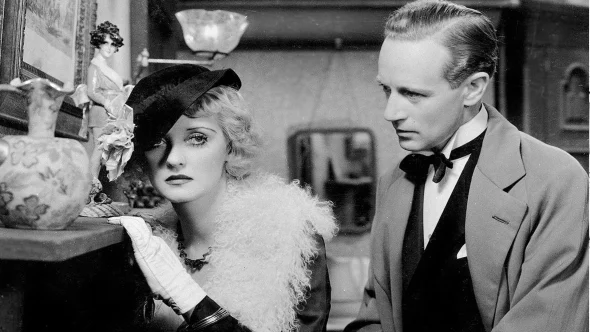
Directed by: John Cromwell | Written by: Lester Cohen
I saw both Of Human Bondage and What Ever Happened to Baby Jane? during the same year, ca. 1962. I was around 10 years old, and experiencing these films — both starring Bette Davis but 28 years apart, one svelte and smooth-skinned, and the other older, fuller, with thick exaggerated makeup — ignited a fascination with how cinema was like time travel. This allure inspired me to study film history, and after becoming a filmmaker instead, I continued the passion by producing documentaries whose research would feed a desire to dig into the archeology of film.
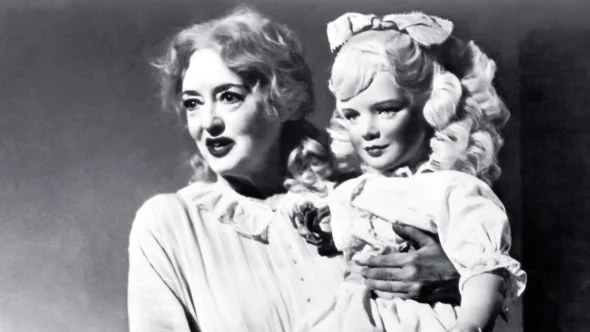
Directed by: Robert Aldrich | Written by: Lukas Heller
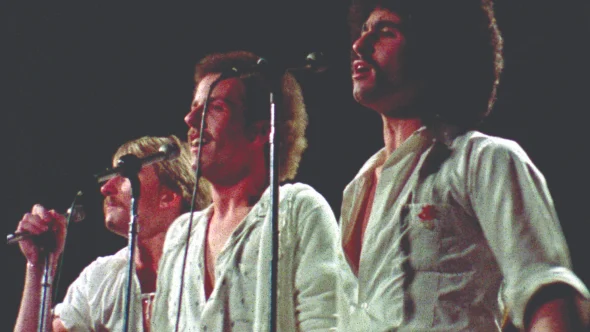
Where to Watch: The Criterion Channel
Directed by: Peter Adair, Nancy Adair, Andrew Brown, Rob Epstein, Lucy Massie Phenix, and Veronica Selver
1977 was pivotal: Harvey Milk was elected into office; San Francisco's gay film festival was inaugurated; Anita Bryant launched the nation's first widespread anti-gay campaign; and I was gay-bashed. It was also the year Word Is Out hit the screens. Beginning with its first frames, audiences were challenged: a pensive Latina looks into the distance. Off-camera, a voice breaks the lingering silence: “Were you always gay?" "Always." From there, this groundbreaking documentary not only gave us affirming stories of LGBTQ+ people, but also shattered the fourth wall of cinéma vérité. It embodied the idea of multiculturalism decades before DEIA, and showed me that personal storytelling can be a powerful tool for progressive social change.
Tags

